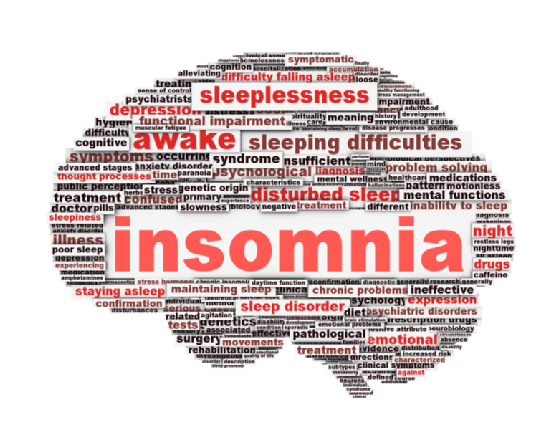

People with insomnia also suffer immensely by night. Chronic inflammation is a risk factor for cardiovascular disease, neurodegenerative disorders, autoimmune illnesses, diabetes, obesity, cancer and depression. And it seriously undermines our physical and mental health by triggering chronic inflammation in the brain and body. Poor sleep significantly compromises our productivity and safety. The deleterious impact of chronic sleep loss on daily life is no longer news. By 2005, that number had jumped to 16 per cent. In 1998, the National Sleep Foundation reported that 12 per cent of Americans slept less than six hours a night. Many millions more suffer from chronic patterns of insufficient sleep resulting from the untenable expectations of modern life. During this period, the diagnosis of sleep disorders jumped by 266 per cent and the number of prescriptions for sleep medication spiked by 293 per cent. The first decade of this century saw striking increases in the prevalence of insomnia, its associated daytime impairment, and use of sleeping pills. In any given year, 30 per cent of adults report at least one symptom of insomnia, including trouble falling asleep, staying asleep or obtaining restorative sleep. Despite decades of innovative sleep research, escalating numbers of new sleep specialists and clinics, and an explosion of media attention and public health education initiatives, the epidemic of insufficient sleep and insomnia appears to be getting worse. Our misconstrued sense of sleep and consequent obsession with managing it are the most critical overlooked factors in the contemporary epidemic of sleep loss. Sleep has been transformed from a deeply personal experience to a physiological process from the mythical to the medical and from the romantic to the marketable.

Sleep is no longer personal, transcendent and romantic – it is medical, mundane and pragmatic. And Hypnos is remembered mainly by his namesakes, hypnosis and, surely to his chagrin, hypnotics. Nyx has been in exile for well over a century as our night sky is eroded by light pollution. Today, mother and son have been largely forgotten.

Surrounded by fields of wild poppies on the River of Oblivion, his lair was a sanctuary – a cool, magical retreat open to all in celebration of the sensual, even sexy, mysteries of sleep. Nyx gave birth to sleep and created an aesthetic of darkness where Hypnos could flourish. Nyx and Hypnos were a dynamic duo of sorts – supernatural heroes who romanticised night and sleep. As in the more recent tale of the Sandman who sprinkles sleepy dust over the eyes of children, we are reminded that sleep is bequeathed from above. With her support, as seen in De Morgan’s painting, Hypnos gently scatters crimson poppies, sleep elixirs, over the planet below. She was the original night owl, a fierce guardian of nature’s circadian rhythms who magically transformed day into night. Nyx and Hypnos were denizens of the underworld.

If he showed up at a sleep clinic today, he would likely be diagnosed with narcolepsy – a disorder of heightened permeability in the boundary between waking and sleep. Occupying a liminal zone between sleep and waking, he often seemed a bit dreamy. But Hypnos was also gentle and benevolent, an androgynous mamma’s boy. A Mother Nature figure with attitude, she was most protective of her son, even when he engaged in divine mischief. Nyx was beautiful, shadowy and formidable – the only goddess Zeus ever feared. In antiquity sleep was personified, transcendent, even romantic.īoth Nyx and Hypnos had personality. The painting and the Greek gods it captures depict a radically different way of understanding and relating to sleep. In Evelyn De Morgan’s numinous painting, Night and Sleep (1878), Nyx, the mighty Greek goddess of night, hovers across a dusky sky with her beloved son Hypnos, the sweet-natured god of sleep.


 0 kommentar(er)
0 kommentar(er)
